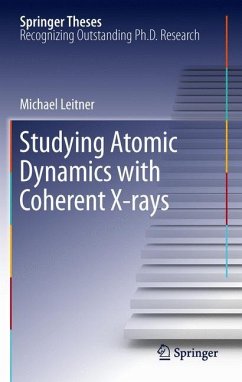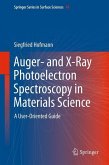Diffusion in solids at moderate temperatures is a well-known phenomenon. However, direct experimental evidence about the responsible atomic-scale mechanisms has been scarce, due to difficulties in probing the relevant length- and time-scales. The present thesis deals with the application of X-ray Photon Correlation Spectroscopy (XPCS) for answering such questions. This is an established method for the study of slow dynamics on length-scales of a few nanometres. The scattered intensity in the diffuse regime, i.e. corresponding to atomic distances, is very low, however, and so it has so far been considered impossible to use XPCS for this problem.
Threefold progress is reported in this work: It proposes a number of systems selected for high diffuse intensity, it optimizes the photon detection and data evaluation procedures, and it establishes theoretical models for interpretating the results. Together these advances allowed the first successful atomic-scale XPCS experiment, which elucidated the role of preferred configurations for atomic jumps in a copper-gold alloy.
The growth in available coherent X-ray intensity together with next-generation X-ray sources will open up a wide field of application for this new method.
Threefold progress is reported in this work: It proposes a number of systems selected for high diffuse intensity, it optimizes the photon detection and data evaluation procedures, and it establishes theoretical models for interpretating the results. Together these advances allowed the first successful atomic-scale XPCS experiment, which elucidated the role of preferred configurations for atomic jumps in a copper-gold alloy.
The growth in available coherent X-ray intensity together with next-generation X-ray sources will open up a wide field of application for this new method.








